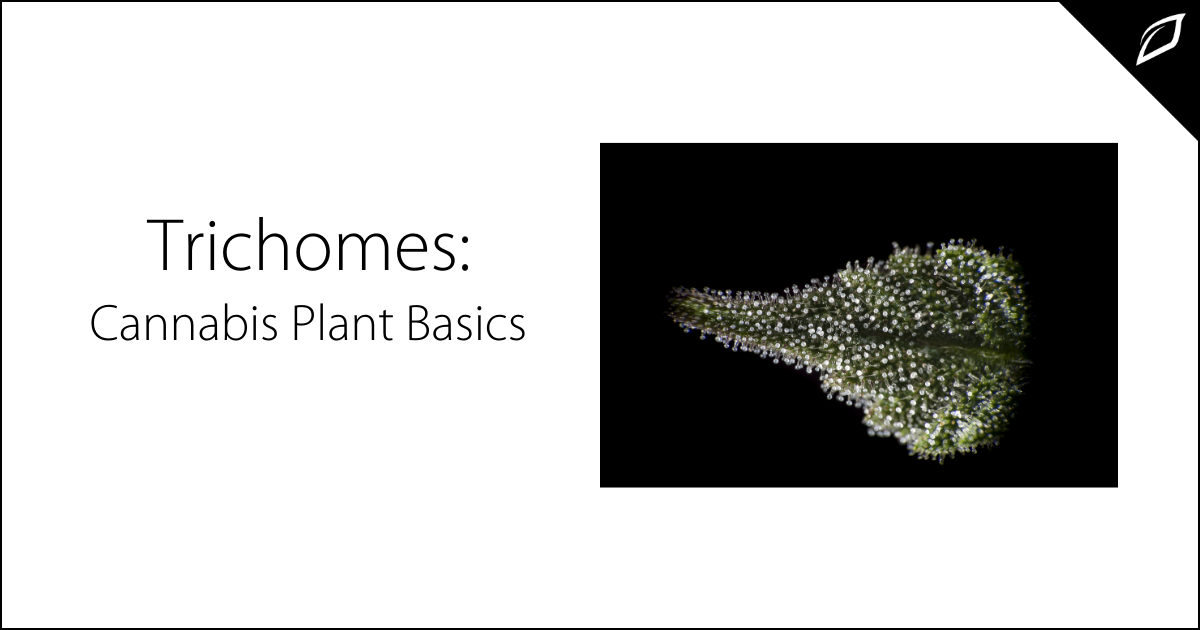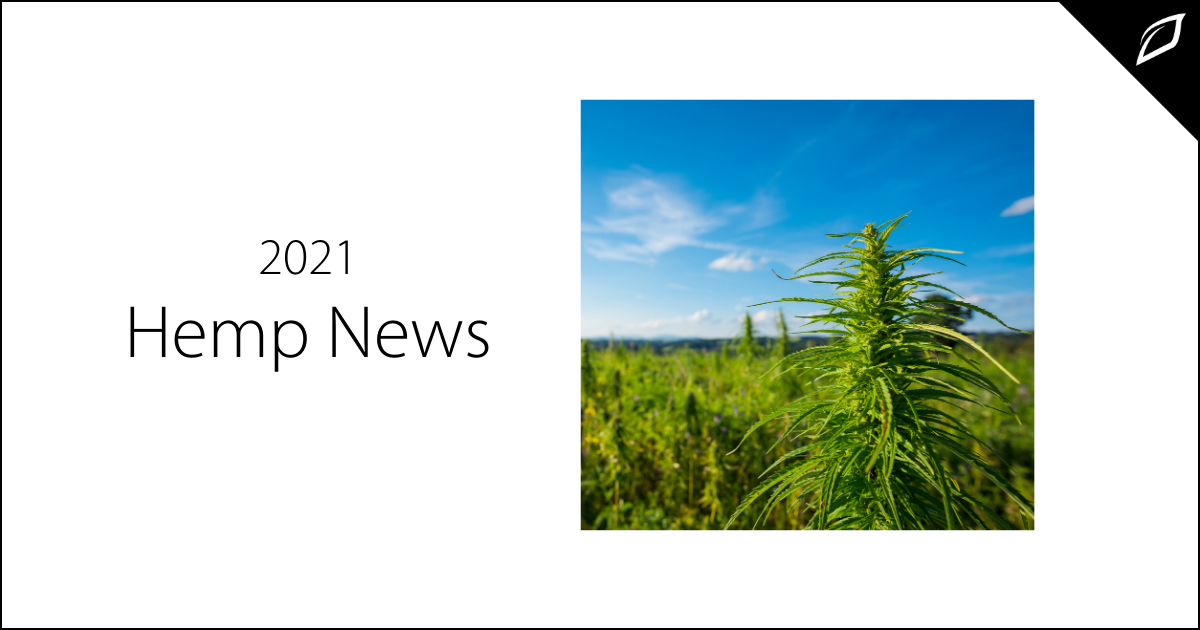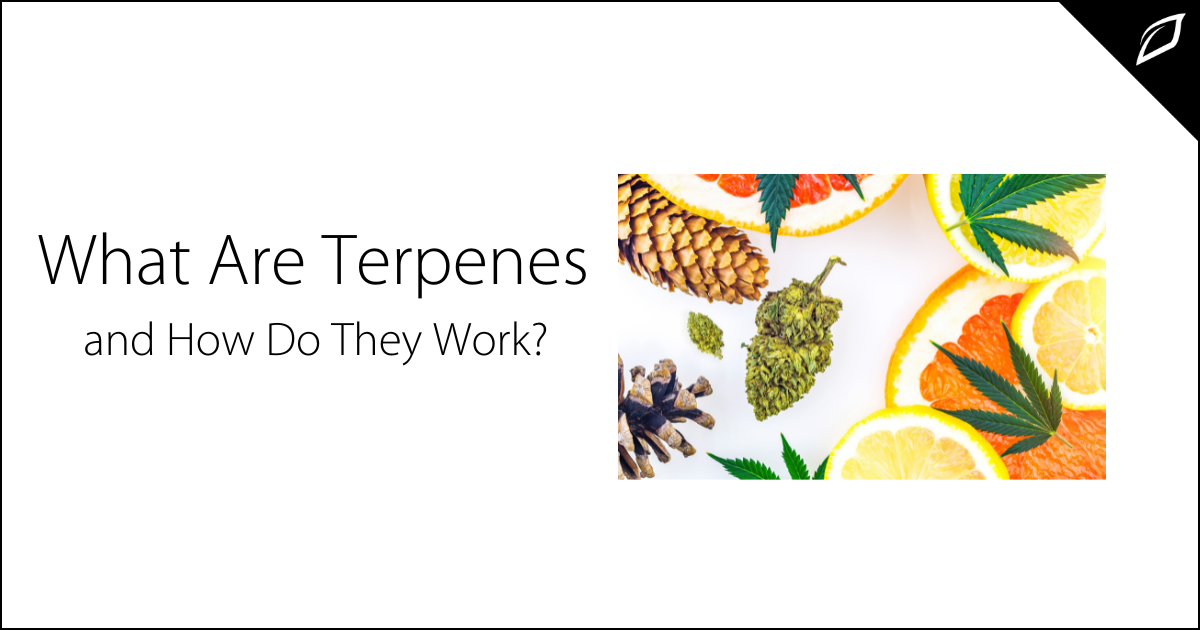Trichomes: Cannabis Plant Basics
If you're a horticulturist, then you're already familiar with what glandular trichomes (GT's) are and how they work to protect plants. But for the...
2 min read
Brian Sparks - Greenhouse Grower Magazine : Oct 13, 2020 10:31:18 AM

A series of new University of California Cooperative Extension (UCCE) research projects are taking a deep dive into the opportunities and challenges for hemp production in the Golden State.
As a crop relatively new to California growers and researchers, there is still much to learn about variety choices, how varieties and crop responses differ across regions with different soils and climates, best practices for nutrient management, as well as pest and disease issues.
UCCE hemp research efforts began in 2019 after the previous year’s Farm Bill declared the crop should no longer be considered a controlled substance, but rather an agricultural commodity. Hemp is valued for its fiber and edible seeds; however, in California, producing hemp for essential oils including medicinal cannabidiol (CBD) is thought to offer the best economic outlook.
Here’s a brief look at three of these projects. Learn more in this article from UCCE’s Jeannette Warnert, a Communications Specialist in the UCCE Agriculture and Natural Resources department.
Variety Trials
UCCE is working with Lafayette, CO-based Front Range Biosciences to test 10 of the company’s hemp varieties in Ventura County and the west side of Fresno County. In Fresno County, the trial is underway at the UC West Side Research and Extension Center (West Side REC) under the direction of UCCE specialist Bob Hutmacher. UC Cooperative Extension advisor Annemiek Schilder, the study leader in Ventura County, intended to conduct the trial at the UC Hansen Research and Extension Center in Santa Paula, but the Ventura County Board of Supervisors enacted an emergency ordinance in January prohibiting hemp fields within a half-mile of residential areas and schools because of the odor. The trial includes mostly photoperiod-sensitive cultivars, where the flowering response is triggered by shortening day lengths in mid- to late summer in this latitude. The studies include growth and yield evaluations, monitoring for pest or disease threats in the San Joaquin Valley and coastal California, and periodic plant sampling to monitor the changes in plant THC and CBD levels over time.
Cooperative Irrigation Study
In a new 2020 study led by Oregon State University, drip irrigation trials were set up in California at the UC West Side REC and the UC, Davis campus in addition to three sites in Oregon. These studies were set up to determine water use of industrial hemp under irrigation regimes ranging from about 40% to 100% of estimated crop water requirements, with comparisons of responses observed across the five sites with different soils, climate, and other environmental conditions. The same four varieties (two auto-flower and two photoperiod-sensitive) are being grown in irrigation studies at each of the five sites. The California locations in these trials were both planted in mid-June. The two auto-flowering varieties were harvested in late August and early September. The researchers expect to harvest photoperiod-sensitive types in late September or October. The total water use of the different hemp cultivars under the different irrigation regimes will be determined using applied water measurements and assessments of soil water use between planting and harvest for each cultivar.
Planting Density Focus
In cooperation with Kayagene Company in Salinas, Dan Putnam, UCCE alfalfa specialist at UC, Davis, and Hutmacher have conducted studies in 2019 and 2020 with two auto-flower varieties to determine crop growth, yield and THC and CBD concentrations of planting densities ranging from about 7,500 plants per acre to 30,000 plants per acre. Since some of the auto-flower varieties are smaller and earlier maturing than many photoperiod-sensitive cultivars, data in these studies will help determine the tradeoff between higher densities needed to increase yields versus increases in the cost of growing more plants. The studies also provided opportunities for the scientists to assess plant-to-plant variation and impacts of flower bud position on THC and CBD concentrations.
Brian Sparks is senior editor of Greenhouse Grower and editor of Greenhouse Grower Technology. See all author stories here.


If you're a horticulturist, then you're already familiar with what glandular trichomes (GT's) are and how they work to protect plants. But for the...

The hemp industry is one of the most exciting and fastest-growing sectors in the United States. Here are five of our favorite hemp stories from 2021.

Terpenes are organic compounds responsible for the fragrance, taste, and pigment of plants and trees throughout the world. More than 50,000 unique...